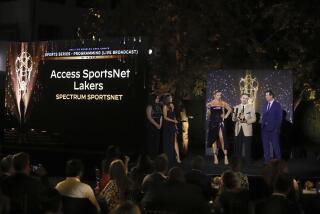Women’s Sports Network seeks to spotlight female athletes
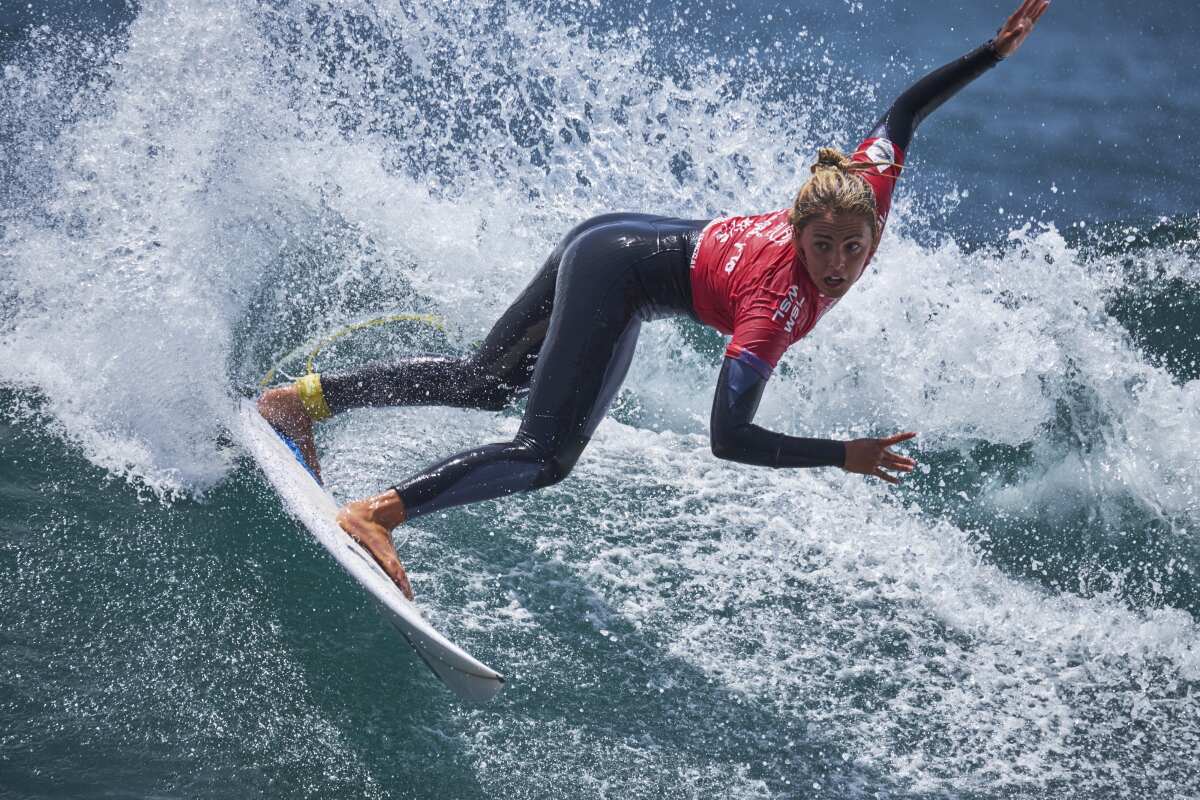
- Share via
Major TV networks over the years have dedicated billions of dollars and premium air time to men’s sports while largely neglecting the competitions of female athletes.
Now, shifting cultural attitudes and changes in TV consumption patterns have created an opening for an independent Los Angeles studio and women’s sports leagues to put a bigger spotlight on female athletes and their achievements.
This summer, L.A.-based Fast Studios plans to launch the Women’s Sports Network, a 24-hour television channel entirely devoted to covering female athletes on and off the field.
“For far too long, we have been off to the side,” Carol Stiff, a former ESPN executive who’s an advisor to the Women’s Sports Network, said in an interview. “We have fabulous athletes who work as hard as the male counterpart. And, finally, we have an outlet for all of these women’s stories and competitions. It’s just time.”
Consider that women make up 40% of sports participants, but only about 4% of day-to-day sports media coverage focuses on women, according to the Gender Equality in Sports Media study by the United Nations group UNESCO.
The Women’s Sports Network is partnering with several prominent organizations, including the Ladies Professional Golf Assn., U.S. Ski and Snowboard, and World Surf League, which have agreed to provide content to the venture. The network, which plans to provide coverage of a range of sports, also plans original programming, including a daily studio show produced in Los Angeles. The show will be modeled after ESPN’s “SportsCenter” and will include game highlights but will be hosted by female anchors who will discuss the events of the day.
The network won’t be available as part of a traditional cable TV package. Instead, its founders plan to launch the service on free, advertiser-supported, streaming TV — the industry’s fastest-growing sector.
As consumers cut the cord on pay-TV channel bundles, or skip them altogether, programmers have turned to ad-supported digital platforms — such as the Roku Channel, Pluto TV and Samsung TV Plus — as viable distribution outlets with access to millions of potential viewers.
“We’re at a point where, finally, women’s sports can be commercially viable and sustainable,” said Sophie Goldschmidt, chief executive of U.S. Ski & Snowboard, who also serves as an advisor for the network. “This isn’t just a box-checking exercise [or] doing it because it’s the right thing to do. The business rationale is also there.”
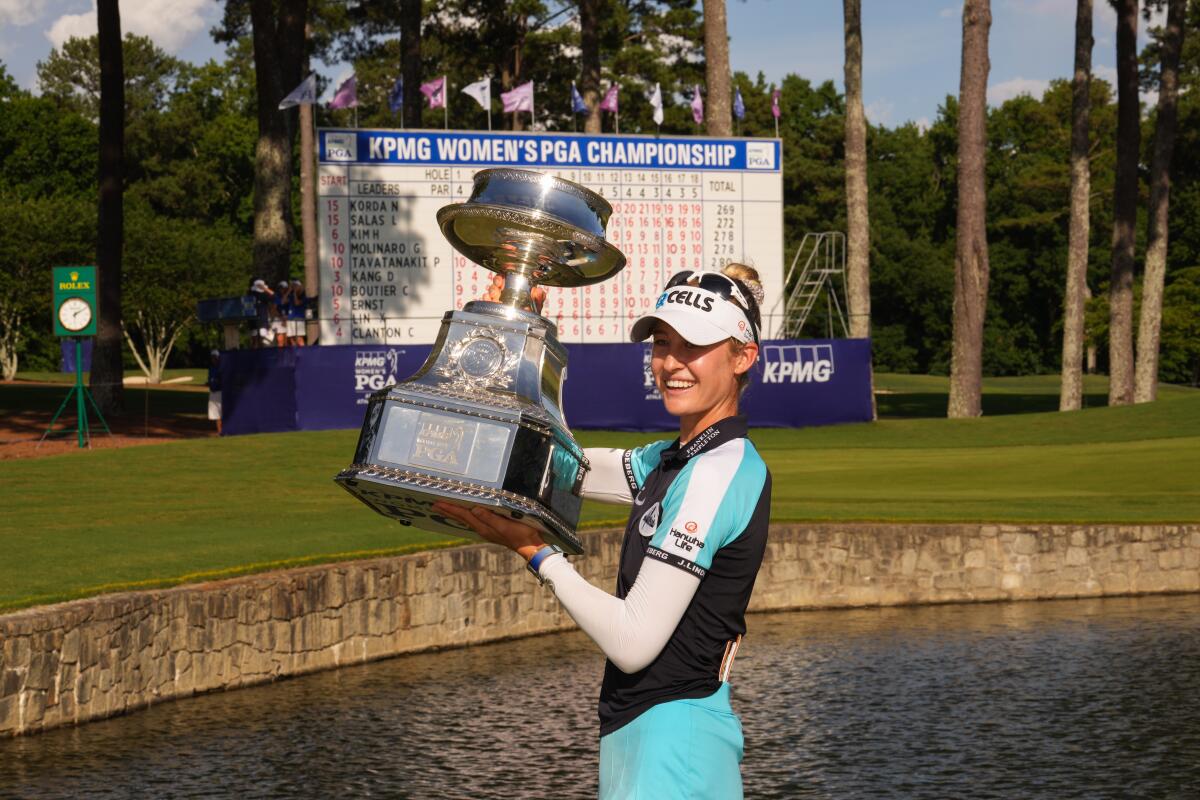
Historically, traditional TV networks have bypassed women’s sports — aside from the Olympics and women’s tennis — because such coverage often failed to draw big ratings, said Stiff, who spent her 31-year career at ESPN raising the profile of women’s sports.
Stiff said such excuses fail to take into account how women’s sports have been shunted to secondary channels or given less favorable time slots, limiting their ability to gain traction with viewers. Prominent women’s tennis matches can score big ratings, and women’s gymnastics and ice skating are among the most popular Olympics events.
Corporate America is already embracing female athletes.
Marquee advertisers such as Nike, DirecTV, Adidas and Toyota celebrate strong women athletes in their marketing, including tennis champion Serena Williams and Olympic swimmer Jessica Long. On its website, the WNBA lists American Express, Budweiser, Google and Swiss watchmaker Tissot among its partners. LPGA counts Rolex, accounting firm KPMG and farm equipment supplier John Deere among its sponsors.
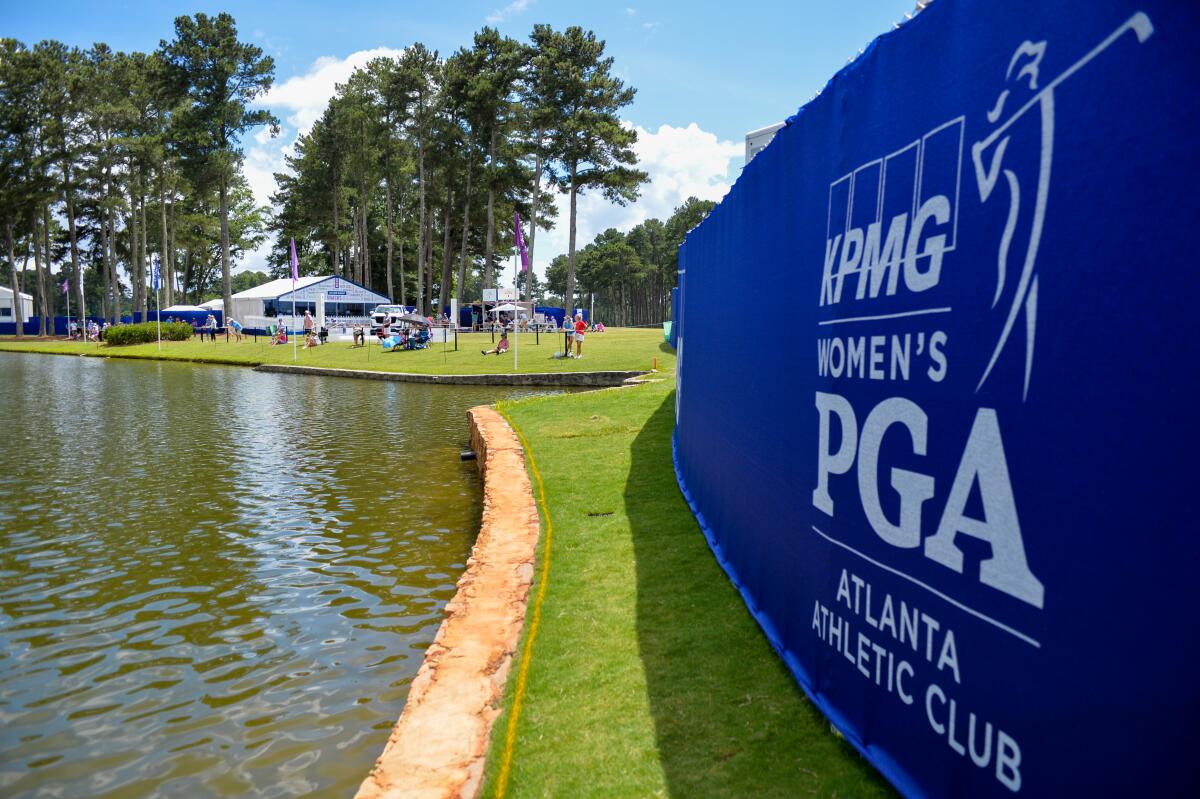
Leading female athletes have become influential figures with enormous social media followings. And viewers have been captivated by their stories. In the last year, gymnast Simone Biles’ and tennis’ star Naomi Osaka’s struggles with anxiety and depression generated larger conversations about the pressures facing athletes — and women.
“Is there enough brand and advertising interest to really get behind this incredibly important avenue of storytelling, these amazing role models and heroes, to really elevate the women’s sports movement?” asked Goldschmidt. “Absolutely.”
Female sports fans are an attractive target for TV programmers and marketers. Nearly three-quarters of women sports fans, between the ages of 25 and 34, have full- or part-time jobs, and more than half are college graduates, according to a recent report by Fox Corp.’s Tubi ad-supported streaming service.
Female sports fans in that age group also watched an average of 3.6 hours of sports programming a week, the report said.
“We’re not out here to take down ESPN and their 16,000 hours of women’s sports,” Stiff said. “We are here to complement what they are doing and be inclusive. We’re going to tell the stories of these athletes that are not being told.”
Stiff and Goldschmidt said they see an opportunity to cover collegiate women’s sports, including basketball, and younger athletes.
The network’s launch will coincide with the 50th anniversary of Title IX, the landmark U.S. Department of Education mandate that compelled schools to invest in girl’s sports, which opened up new playing fields for women.
Advertising agency veteran and Fast Studios Chief Executive Stuart McLean said the network effort was inspired by the research of the Sports Innovation Lab, which recently published “The Fan Project: How Women’s Sports Will Lead the Sports Industry Into the Future.”
“Our team here is working to create this new destination for women’s sports that everyone can get excited about,” McLean said. “It’s being done in a very inclusive way, and the leagues see the benefit of banding together to create a larger voice in the marketplace.”
Other launch partners include the women’s sports media brand GoodSport; and Empower Onyx, a minority-owned media company that celebrates Black women and girls through sports.
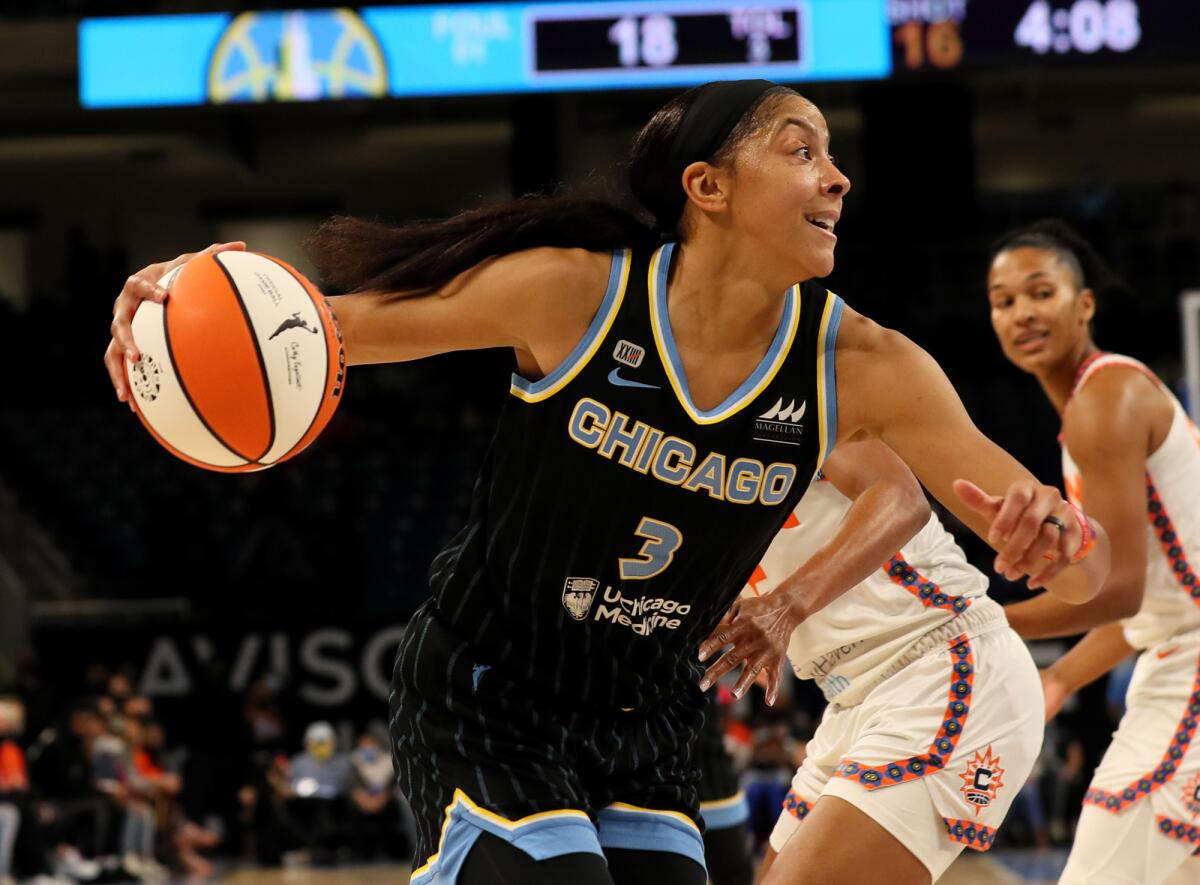
McLean declined to provide details on the venture’s budget or disclose which platforms — for example, Roku, Pluto TV or Comcast’s Xumo service — will carry the network. Those deals are still being worked out. Another person close to the effort, who was not authorized to speak publicly, said investors are investing several million dollars to get the channel off the ground.
McLean launched the studio in Westwood in early 2020, just as the COVID-19 pandemic began. Investors include Italian entrepreneur Rocco Benetton, whose family owns the Benetton Formula 1 racing team. The company has two other FAST — an industry acronym for free, ad-supported TV — streaming channels: Racing America, covering auto racing, and SpartanTV, which features obstacle-course laden 5K and 10K races.
The FAST channel space has seen enormous growth in recent years as media giants, including Comcast Corp., ViacomCBS and Fox, have expanded. These companies recognize that viewers want free channels and advertisers need to reach streaming consumers.
Some early FAST channels ran an endless loop of back-to-back episodes of old TV shows, but now platform owners, including electronics giant Samsung, see big advertising opportunities with these channels, particularly ones that provide original programming.
Fox’s Tubi has projected that advertisers will shift nearly 25% of their traditional TV sports marketing budgets to ad-supported streaming platforms in the next 18 months as traditional TV ratings fall.
“We want to create the primary destination for women’s sports,” McLean said. “It’s an underserved market.”
More to Read
Inside the business of entertainment
The Wide Shot brings you news, analysis and insights on everything from streaming wars to production — and what it all means for the future.
You may occasionally receive promotional content from the Los Angeles Times.


